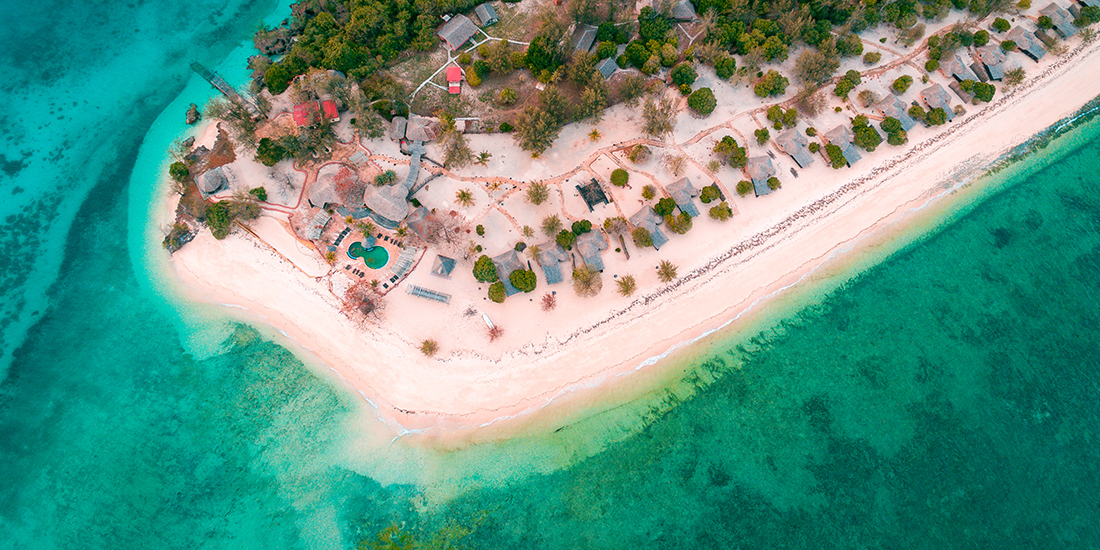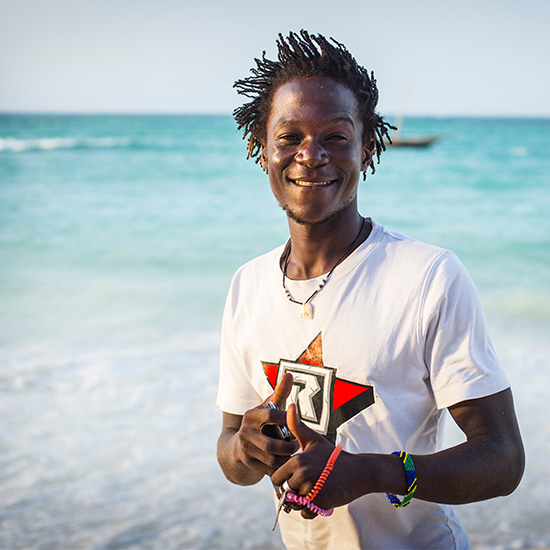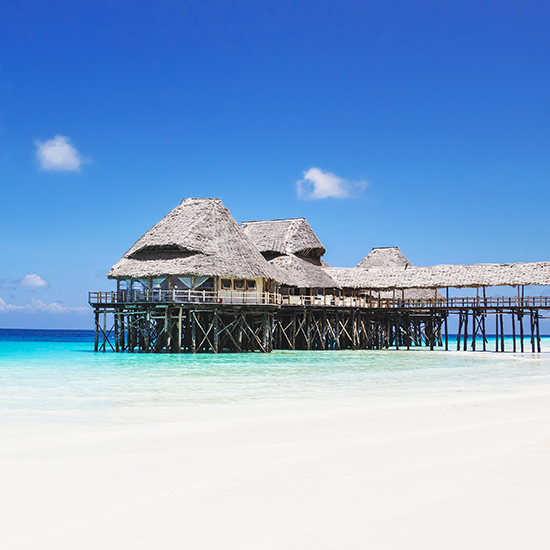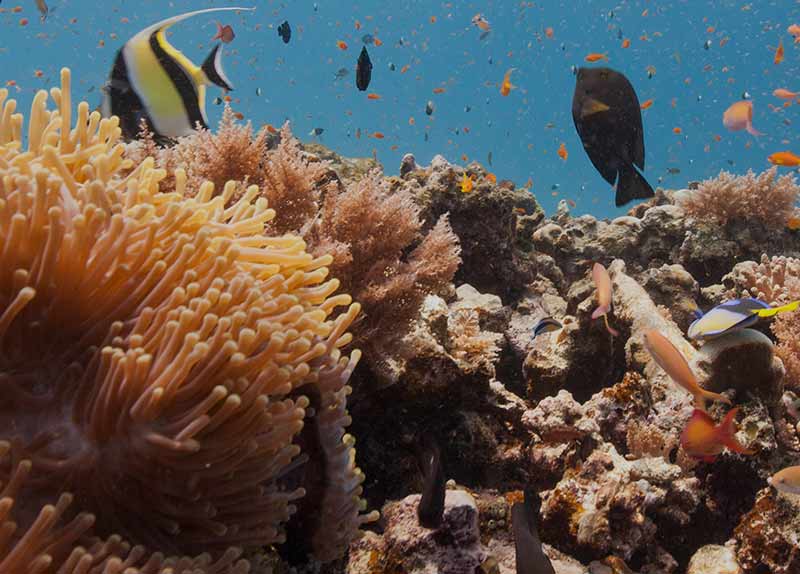A Greco-Roman text between the 1st and 3rd centuries, the Periplus of the Erythraean Sea, mentioned the island of Menuthias (Ancient Greek: Μενουθιάς),
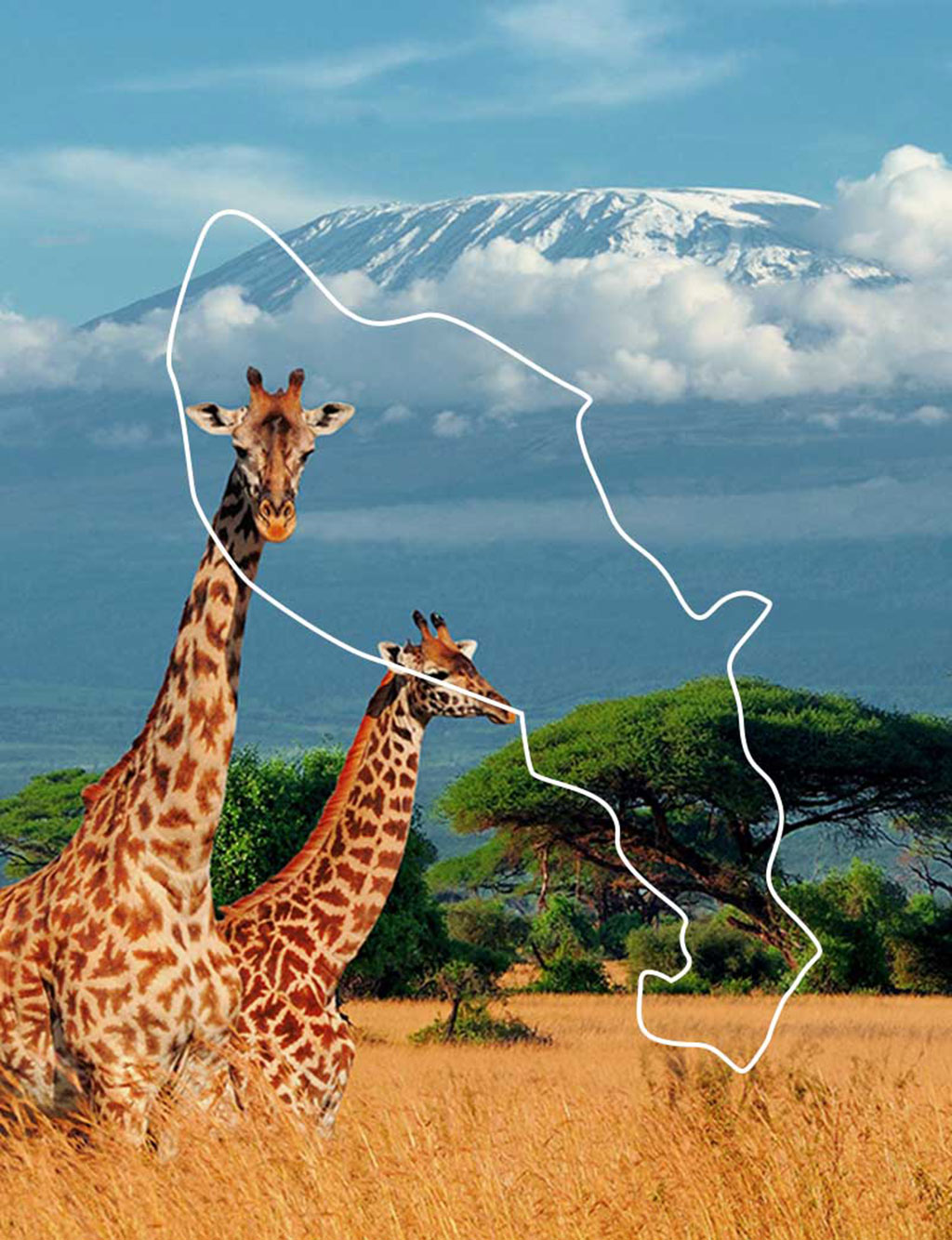
Ruaha N.P. Route: 12.3km distance route
A Greco-Roman text between the 1st and 3rd centuries, the Periplus of the Erythraean Sea, mentioned the island of Menuthias (Ancient Greek: Μενουθιάς),
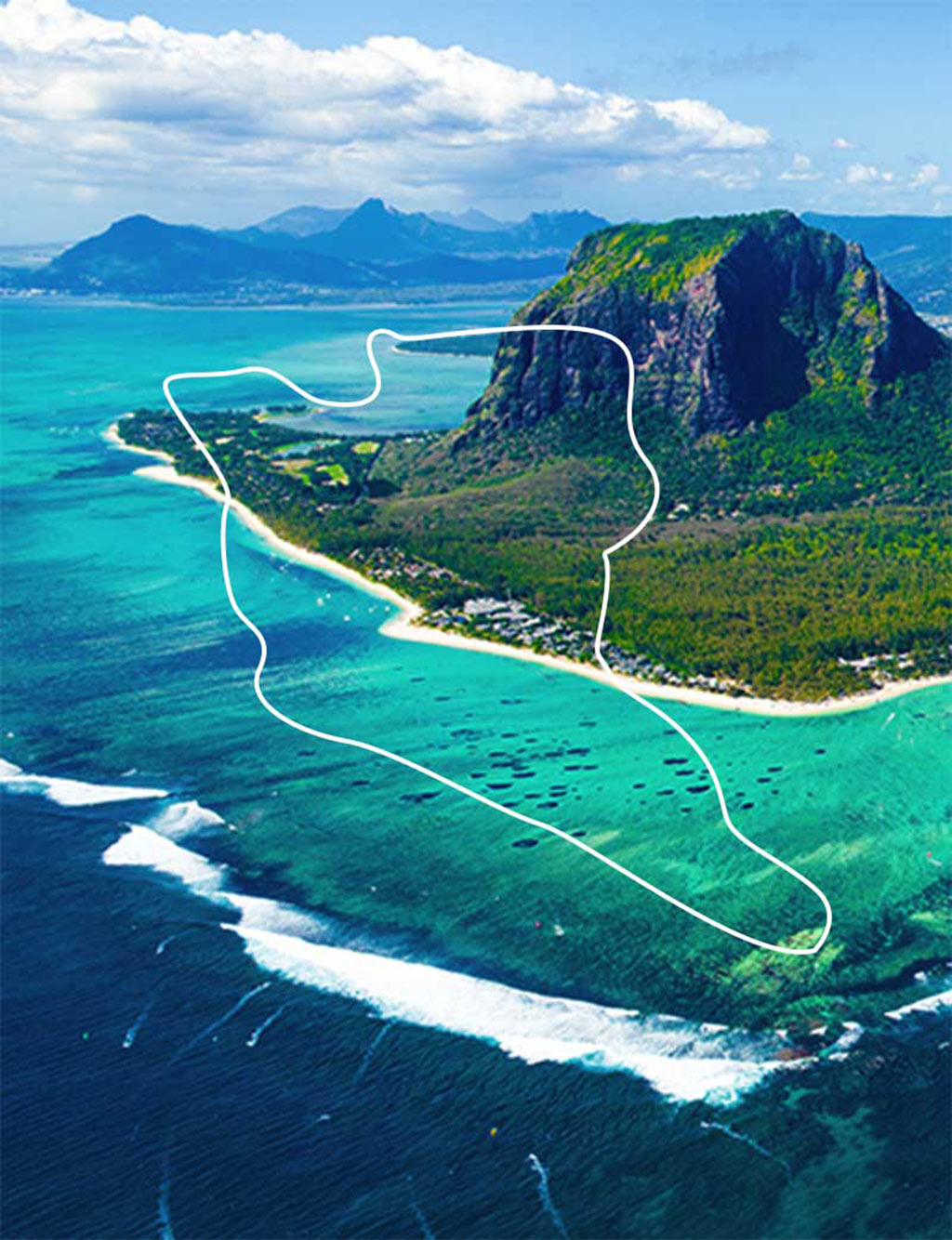
East Laguna Route: 10.5km distance route
A Greco-Roman text between the 1st and 3rd centuries, the Periplus of the Erythraean Sea, mentioned the island of Menuthias (Ancient Greek: Μενουθιάς),
-

Zanzibar has been home to humans for at least 20,000 years
A Greco-Roman text between the 1st and 3rd centuries, the Periplus of the Erythraean Sea, mentioned the island of Menuthias (Ancient Greek: Μενουθιάς), which is probably Unguja.[11] Zanzibar, like the nearby coast, was settled by Bantu-speakers at the outset of the first millennium. Archaeological finds at Fukuchani.
-
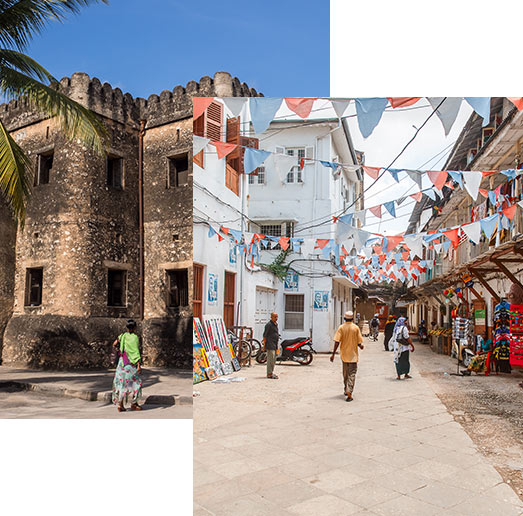
Zanzibar is comprised of several islands, This is the larger ones.
A Greco-Roman text between the 1st and 3rd centuries, the Periplus of the Erythraean Sea, mentioned the island of Menuthias (Ancient Greek: Μενουθιάς), which is probably Unguja.[11] Zanzibar, like the nearby coast, was settled by Bantu-speakers at the outset of the first millennium. Archaeological finds at Fukuchani.
-
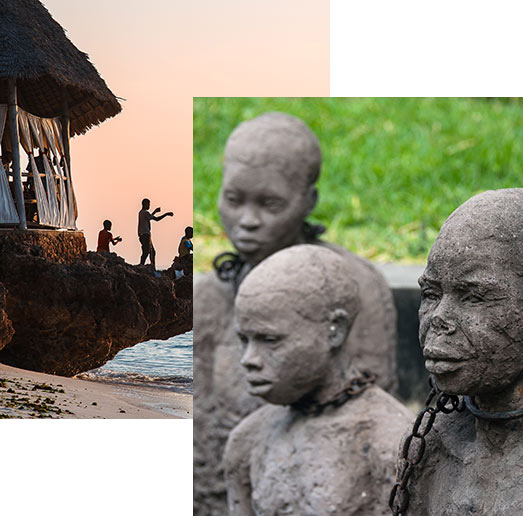
Zanzibar has been home to very intelligent humans
A Greco-Roman text between the 1st and 3rd centuries, the Periplus of the Erythraean Sea, mentioned the island of Menuthias (Ancient Greek: Μενουθιάς), which is probably Unguja.[11] Zanzibar, like the nearby coast, was settled by Bantu-speakers at the outset of the first millennium. Archaeological finds at Fukuchani.
-
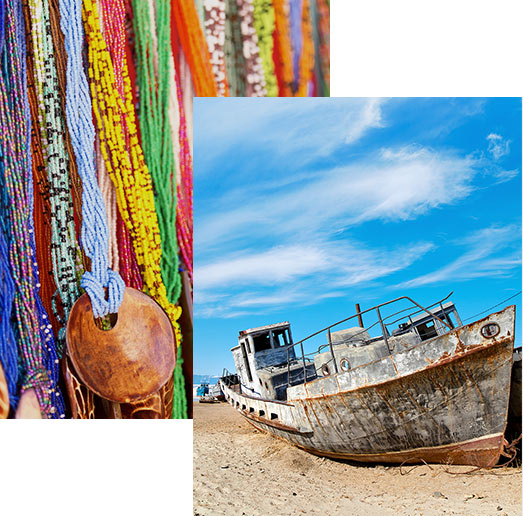
The Island of Zanzibar boasts pristine white sand and Tourist resorts
A Greco-Roman text between the 1st and 3rd centuries, the Periplus of the Erythraean Sea, mentioned the island of Menuthias (Ancient Greek: Μενουθιάς), which is probably Unguja.[11] Zanzibar, like the nearby coast, was settled by Bantu-speakers at the outset of the first millennium. Archaeological finds at Fukuchani.
-

Apart from tourism, the other economic activity in Zanzibar is growing
A Greco-Roman text between the 1st and 3rd centuries, the Periplus of the Erythraean Sea, mentioned the island of Menuthias (Ancient Greek: Μενουθιάς), which is probably Unguja.[11] Zanzibar, like the nearby coast, was settled by Bantu-speakers at the outset of the first millennium. Archaeological finds at Fukuchani.
-
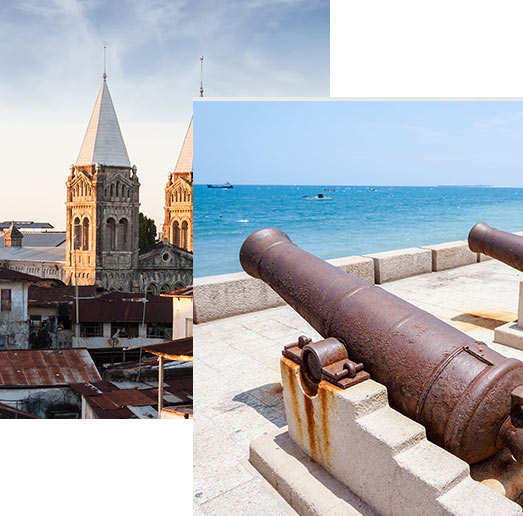
Zanzibar City and its most historic feature is the ancient Stone Town.
A Greco-Roman text between the 1st and 3rd centuries, the Periplus of the Erythraean Sea, mentioned the island of Menuthias (Ancient Greek: Μενουθιάς), which is probably Unguja.[11] Zanzibar, like the nearby coast, was settled by Bantu-speakers at the outset of the first millennium. Archaeological finds at Fukuchani.
Stay
Informed With Our
Newsletter
Error: Contact form not found.





